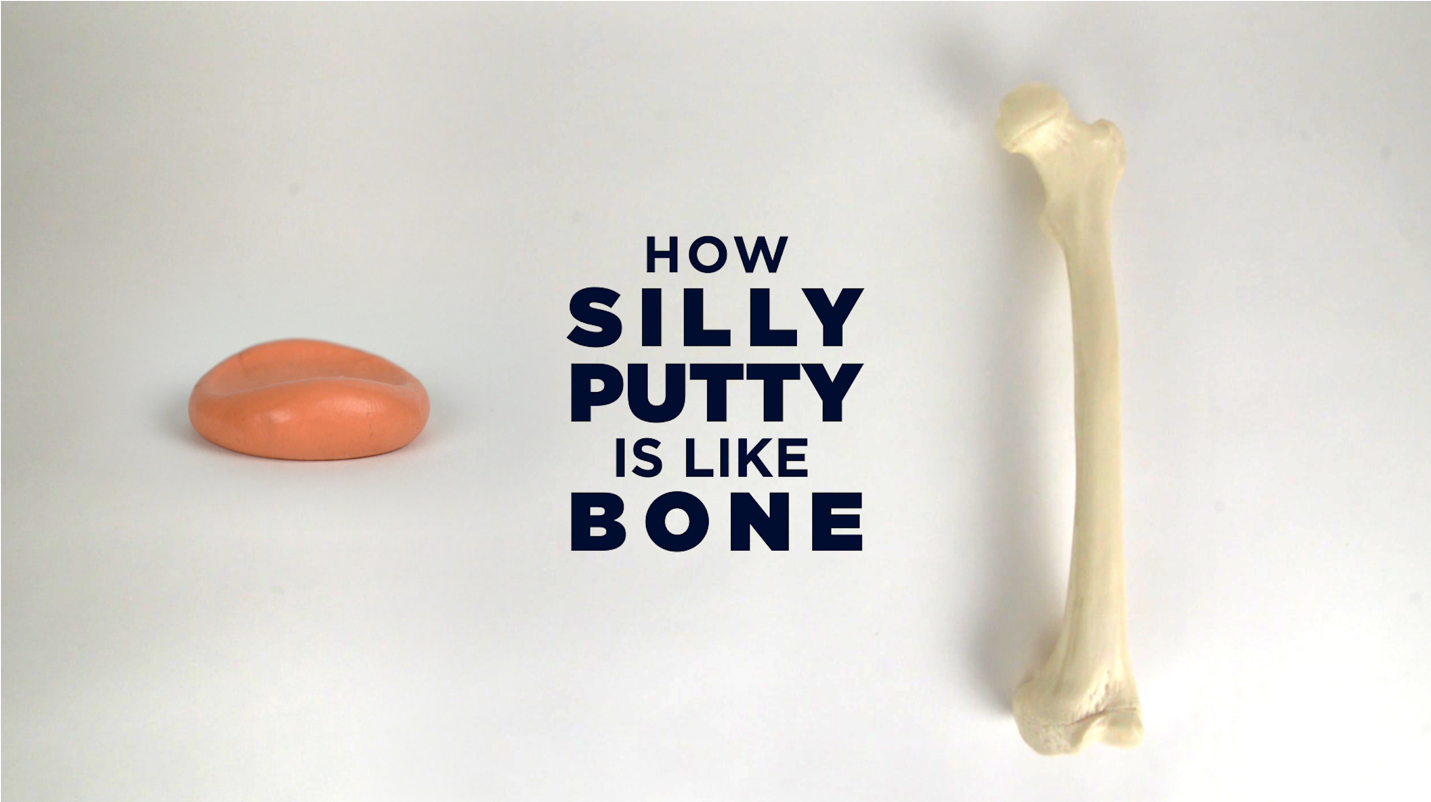
Without the use of real-life examples and models, actively instructing and engaging students in complex physiology topics related to bone biomechanics can be challenging. In our large-enrollment Human Physiology & Anatomy courses at the University of Connecticut, the skeletal system is the first organ system that we cover in depth, rendering even more important our establishment of (and emphasis on) how fascinating--and directly applicable to everyday life--the anatomical features and physiological properties of organs can be. Because our lecture courses are supplemented with 2 hours per week of anatomy-intensive laboratory investigations, we tend to focus heavily on physiology concepts during lecture. For the skeletal system, we consider stress-strain curves in the context of bone biomechanics, including the materials-science concepts of elasticity, plasticity, and viscoelasticity, and the more generalizable concepts of hysteresis and anisotropy. Hoping to provide a fun, entertaining, and real-world perspective on these topics, we used Silly Putty® as an inexpensive, familiar, and readily-available model of some of these bone properties. This lesson allows students to get engaged in, and familiarized with, biomechanical concepts through demonstration of this well-known play material's properties, as a concrete reference point. Coupling the lesson with active questioning and think-pair-share activities allows students to develop skills in data interpretation and to apply previously-acquired knowledge bases to a novel situation. In this lesson, we provide instructors with a template for re-creating this demonstration, which can be accompanied by active-learning strategies and resources that promote development of data-interpretation and problem-solving skills in students.
This article has an accompanying Science Behind the Lesson article: "A Short Bone Biomechanics Primer: Background for a Lesson on Bone Viscoelasticity."

Benjamin Wilhelm onto A&P
@
on